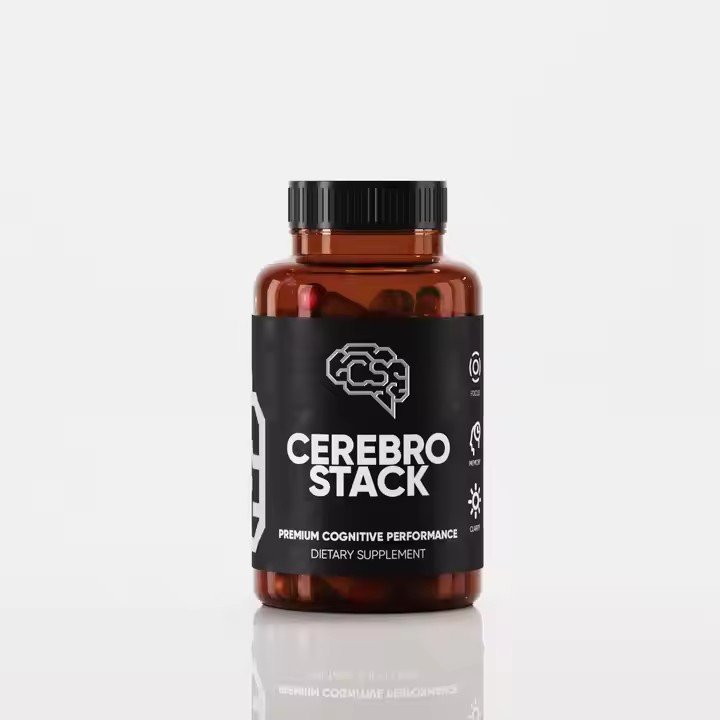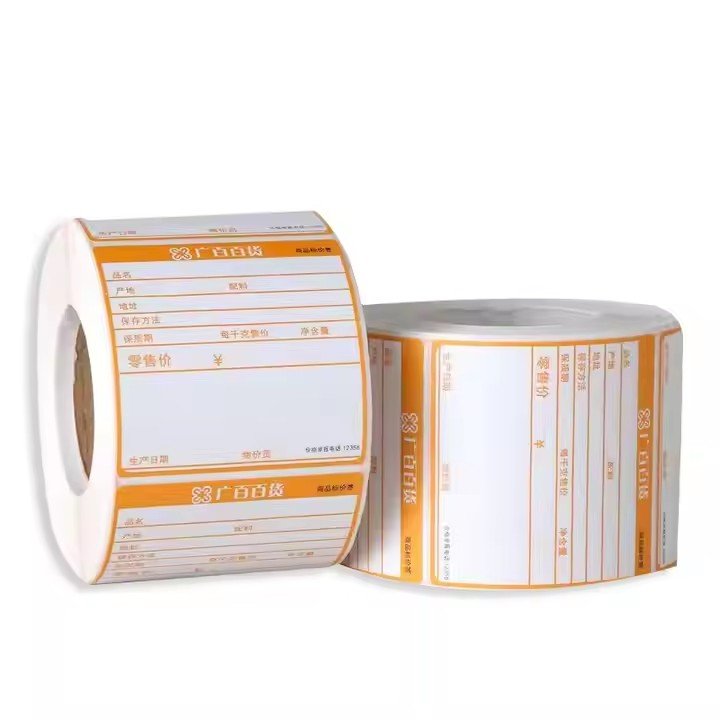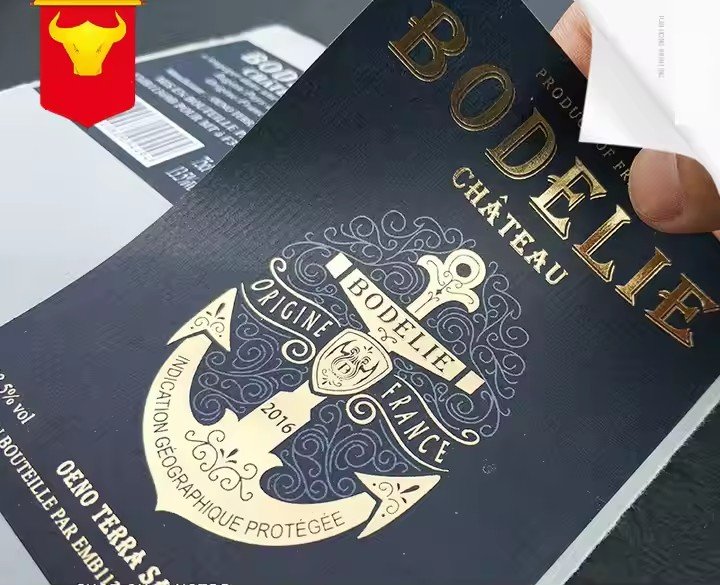- Core Design Principle: Embedding “Child-Friendliness” Throughout the Process
The primary requirement for designing decal stickers for children’s toys is safety, followed by developmental appropriateness. The design should strictly adhere to three key principles — ensuring zero risks, encouraging interaction, and supporting growth — to make the product both safe and educational.
Safety First: Zero-Risk Control from Material to Process
When children play with toys, they may bite, lick, or attach stickers to their skin, so safety must be ensured from the start. The decals must comply with the National Toy Safety Standard (GB 6675-2014) and relevant environmental regulations.
Material Safety:
The base material should be food-grade PET, eco-friendly PVC, or biodegradable paper, avoiding harmful substances such as phthalates, formaldehyde, or heavy metals (lead, cadmium).
For toys for children under 3 years old, it’s best to use biodegradable rice paper (water-soluble, harmless if swallowed) or PET film ≥0.15mm thick (resists tearing into small pieces to prevent choking).
Adhesive Safety:
Use water-based pressure-sensitive adhesives instead of solvent-based ones. These should be odorless, low in VOCs (≤10g/L), and resistant to accidental peeling, reducing the risk of children ingesting loose adhesive.
Manufacturing Safety:
Rounded corners (radius ≥3mm) to avoid sharp edges.
Water-based inks for printing — resistant to color fading (abrasion fastness ≥Grade 4).
If metallic foils or glitter are used, they must have strong adhesion (pass tape peel test) to prevent choking hazards from detached fragments.

Fun-Oriented Design: Using Interactivity to Engage Kids
Children’s interest in toys comes from interactivity and feedback. Decal design should move beyond static graphics to stimulate hands-on play and imagination.
Repositionable Stickers:
Use low-tack, removable adhesives so decals can be reused on smooth surfaces like toys, tables, or walls (≥10 times).
Example: LEGO companion stickers allow kids to decorate blocks freely and rebuild new designs.
Thematic Illustrations:
Design story-based scene decals instead of isolated icons.
Example: Dinosaur toy decals can form a “Dinosaur Park” (including volcanoes, rivers, trees, dinosaurs), encouraging kids to create their own scenes and develop narrative skills.
Creative Blanks:
Include blank or colorable areas for drawing.
Example: Dollhouse decals with uncolored furniture outlines allow children to paint and decorate, turning playtime into a personal art project.
Age-Appropriate Design: Matching Cognitive Development
Children’s motor skills and cognition vary widely by age. Sticker design should be layered by age group to avoid being too hard for toddlers or too simple for older kids.
Ages 0–3 (Toddler Stage):
Large stickers (≥5cm), bold shapes, and high-contrast colors (red, yellow, blue).
Simple sticking action, no precise alignment needed.
Moderate tack — easy to stick and peel without damaging surfaces.
Ages 3–6 (Preschool):
Medium-sized stickers (3–5cm) with combinable or interactive features.
Example: Puzzle-style decals that form complete pictures or thermochromic stickers that change color with heat, satisfying curiosity.
Ages 6+ (School Age):
Smaller (1–3cm), more detailed designs emphasizing creativity.
Include character stories, DIY cut-out elements, or educational content (e.g., insect toy stickers showing names and facts).
- Core Design Dimensions: From Visual to Functional Excellence
The design of toy decals should integrate visual aesthetics, functional innovation, and usage context to make them more than decoration — a true part of the play experience.
Visual Design: Building Appeal Through a Child’s Eyes
Children’s visual perception drives their first impression of toys, so designs must align with their emotional and aesthetic preferences.

Theme Selection:
Choose positive, familiar, and emotionally engaging subjects — avoiding anything frightening, violent, or overly complex.
Recommended themes include:
Cartoon IPs: Recognizable characters (e.g., Disney, Peppa Pig) for instant emotional connection.
Nature & Science: Educational sequences (e.g., butterfly life cycle from egg to adult).
Daily Life Scenes: Home, school, and playground motifs that help children understand their environment.


